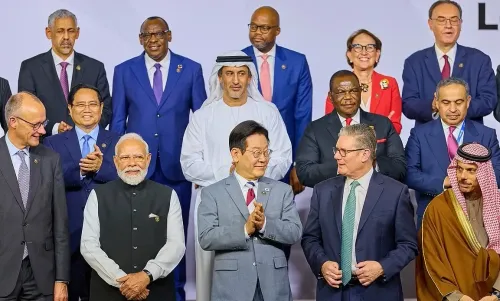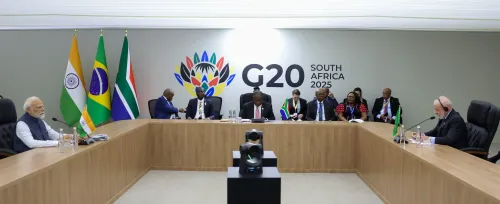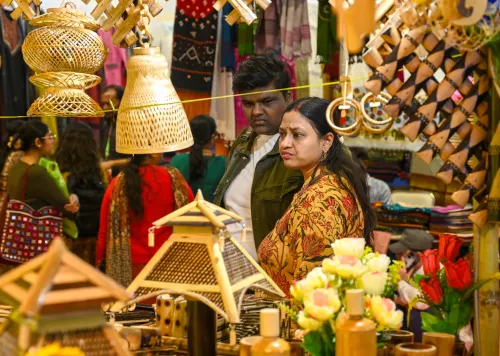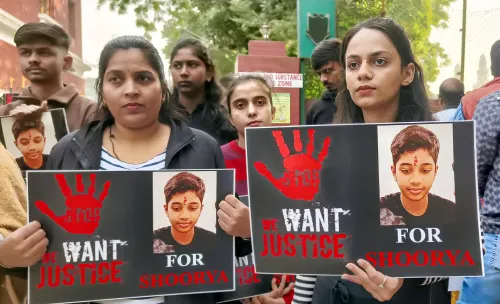Is Nearly 1 Billion People in Low- and Middle-Income Countries Facing Avoidable Vision Loss?

Synopsis
Key Takeaways
- 1 billion people suffer from avoidable vision loss globally.
- Simple interventions like cataract surgery and glasses can resolve many vision issues.
- In India, 700 million individuals are affected by preventable sight loss.
- Implementing eye health strategies could unlock Rs 3.6 lakh crore annually for the economy.
- The NPCB&VI has been instrumental in increasing cataract surgeries in India.
New Delhi, Oct 9 (NationPress) Almost 1 billion individuals in low- and middle-income nations are suffering from preventable vision loss, as revealed in a recent report coinciding with World Sight Day on Thursday.
The International Agency for the Prevention of Blindness (IAPB) published this report, indicating that most of these issues could be addressed through some of the most affordable solutions, such as cataract surgery and eyeglasses. The IAPB collaborates closely with the United Nations to enhance eye care worldwide.
During the UN General Assembly, this report highlighted the potential benefits for India in prioritizing eye health, encouraging everyone to cherish their vision by undergoing regular eye examinations.
It pointed out that approximately 700 million people in India are affected by avoidable sight loss, significantly impacting their employment, education, income, and caregiving duties.
The report proposed six straightforward and cost-efficient strategies to avert sight loss, including early detection, immediate provision of reading glasses, and enhancing the capacity of the eye health workforce while eliminating obstacles such as costs, accessibility, and the social stigma associated with glasses.
Implementing these strategies could generate Rs 3.6 lakh crore annually for the Indian economy, providing a return of Rs 16 for every Rs 1 invested, according to the report, which calls for nationally coordinated efforts and the execution of eye health campaigns across the nation.
“India has pioneered the National Programme for Control of Blindness and Visual Impairment (NPCB&VI) policy, which is fully funded by the central government and serves as a robust example of eye health accessibility. Over 9.8 million cataract surgeries were conducted under NPCB&VI in 2024-25, marking the highest number in the past five years,” stated Peter Holland, CEO of IAPB, in an interview with IANS.
“Such initiatives lay a solid groundwork for enhancing eye health for every Indian, producing significant socio-economic benefits that can shape India’s economy,” he added.
Holland advocated for early detection of eye health issues in schools with proper follow-up, including supplying near vision glasses to prevent avoidable sight loss.
The expert also recommended innovative technologies such as mobile eye clinics, tele-consultations, tele-optometry, and preventive screenings to bolster eye health.
“Start-ups, large businesses, government entities, and social organizations need to step up to ensure widespread access to meet the eye health requirements of rural India,” Holland concluded in his discussion with IANS.









